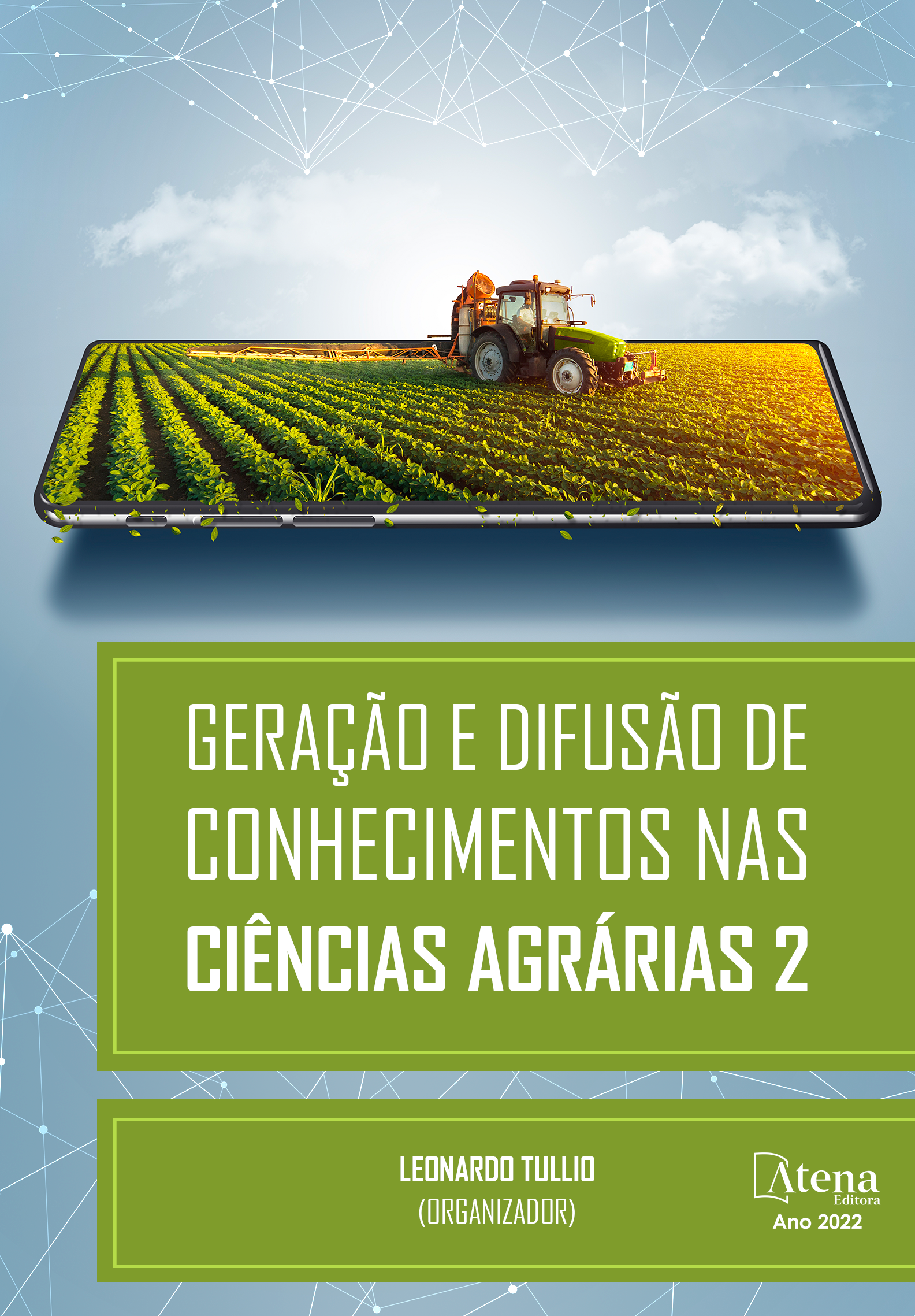
USO DE CITOCININAS CONJUGADA A ÁCIDO INDOL BUTÍRICO NO CULTIVO IN VITRO DE PITAIA, EM BIORREATORES DE IMERSÃO TEMPORÁRIA
Devido às características nutricionais e funcionais, aceitação nos mercados consumidores e ao alto valor pago pelo quilo da fruta, o cultivo da pitaia tem despertado interesse nos produtores. Desta forma, visando a produção de mudas de qualidade, objetivou-se avaliar diferentes concentrações de citocininas no cultivo in vitro da pitaia vermelha, em biorreatores de imersão temporária. O experimento foi conduzido no laboratório de Biotecnologia da Epamig Norte, em Nova Porteirinha, utilizando delineamento inteiramente casualizado, totalizando 5 tratamentos (MS basal, 4 mg-1 de zeatina, 4 mg-1 de zeatina+1 mg-1 de cinetina, 4 mg-1 de zeatina+1 mg-1 de AIB e 4 mg-1 de zeatina+1 mg-1 de cinetina+1 mg-1 de AIB), com 1 repetição, sendo que cada repetição continha 20 explantes por biorreator. Após 30 dias foram avaliados comprimento da parte aérea, diâmetro, número de brotos e raízes, massa fresca e massa seca. Para o comprimento da parte aérea, todas as doses proporcionaram maior tamanho, com exceção da dose 4 mg-1 de zeatina+1 mg-1 de AIB. O maior número de brotos foi obtido na dose 4 mg-1 de zeatina. A massa fresca e seca obtiveram maiores valores nas doses 4 mg-1 de zeatina e 4 mg-1 de zeatina+1 mg-1 de cinetina. Os biorreatores apresentam-se como alternativa promissora à propagação de pitaia in vitro. Diante disso, a dose de 4 mg-1 de zeatina proporciona melhores resultados.
USO DE CITOCININAS CONJUGADA A ÁCIDO INDOL BUTÍRICO NO CULTIVO IN VITRO DE PITAIA, EM BIORREATORES DE IMERSÃO TEMPORÁRIA
-
DOI: 10.22533/at.ed.5442211044
-
Palavras-chave: Hylocereus undatus; fruticultura; luz; multiplicação; enraizamento.
-
Keywords: Hylocereus undatus; fruit growing; light; multiplication; rooting.
-
Abstract:
Due to nutritional and functional characteristics, acceptance in consumer markets and the high value paid per kilo of fruit, the cultivation of pitaya has aroused interest in producers. Thus, aiming at the production of quality seedlings, the objective was to evaluate different concentrations of cytokinins in the in vitro cultivation of red dragon fruit, in temporary immersion bioreactors. The experiment was carried out in the Biotechnology laboratory of Epamig Norte, in Nova Porteirinha, using a completely randomized design, totaling 5 treatments (basal MS, 4 mg-1 of zeatin, 4 mg-1 of zeatin+1 mg-1 of kinetin, 4 mg-1 of zeatin+1 mg-1 of IBA and 4 mg-1 of zeatin+1 mg-1 of kinetin+1 mg-1 of IBA), with 1 repetition, with each repetition containing 20 explants per bioreactor. After 30 days, shoot length, diameter, number of shoots and roots, fresh mass and dry mass were evaluated. For shoot length, all doses provided greater size, with the exception of the dose 4 mg-1 of zeatin+1 mg-1 of IBA. The highest number of shoots was obtained at the dose of 4 mg-1 of zeatin. Fresh and dry mass obtained higher values at doses of 4 mg-1 of zeatin and 4 mg-1 of zeatin+1 mg-1 of kinetin. Bioreactors present themselves as a promising alternative to the propagation of dragon fruit in vitro. Therefore, the dose of 4 mg-1 of zeatin provides better results.
-
Número de páginas: 11
- Jéssica Guerra Calaes
- Luciana Cardoso Nogueira Londe


